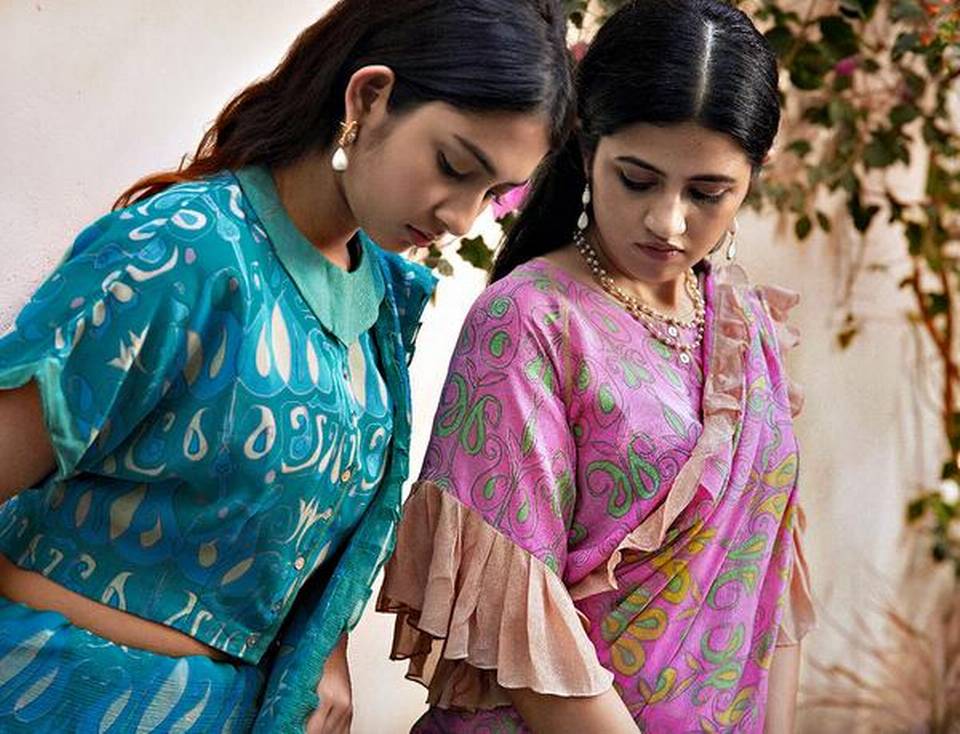
It is currently being used on rare texts in Udupi’s Ashta Mutts
Thousands of manuscripts scattered across India — many lying in neglect or threatened by the exposure to vagaries of nature — are facing threats of destruction. To preserve them, a Bengaluru-based not-for-profit organisation has procured a highly advanced multispectral imaging technology to capture their images. The technology is currently being used on rare texts in the Ashta Mutts of Udupi.
What is special about multispectral imaging is that it can capture texts in manuscripts that are affected by pests, fungus, over written, scribbled, blackened or scraped and cannot be seen with bare eyes. It uses infrared rays and ultraviolet rays to retrieve texts.
Its importance
“Mapping of knowledge is important in the current context. People are not bothered about these manuscripts because they do not see a direct relation with them and understand the importance of the stuff in it,” says P.R. Mukund, professor, Electrical Engineering, at Rochester Institute of Technology and founder of Bengaluru-based Tara Prakashana. “We have brought the technology for the first time in the country and the services would be offered for free. Our aim is to preserve the important written scripts in the country for posterity,” he said.
Tara Prakashana has acquired the imaging system from the U.S.-based MegaVision, a leading digital imaging company, that has worked in similar projects across the world and MegaVision president Ken Boydston has been training people in handling the multispectral imager over the last week.
Prof. Mukund’s interest in developing technology that would help conserve the knowledge for posterity started more than a decade ago when his guru Bannanje Govindacharya sought his help in conserving the 800-year-old Sarvamoola Grantha, authored by Saint Madhvacharya. The text is in the possession of Palimar Mutt and was found to be in bad shape in 2006.
“At that time, I did not have any idea about processing of manuscripts. Help came from a fellow professor from the imaging department at Rochester,” said Prof. Mukund. Since then, more than 3,000 rare manuscript bundles have been digitised, a small part of which has now been published into 500 archival books and nearly 1,000 more archival books will be ready shortly. Currently, ancient texts belonging the lineage of Saint Madhvacharya that are in the possession of the Ashta Mutts in Udupi are being digitised using the technology.
For Mr. Boydston, his association with the project comes from his love to protect ancient works, though he says cultural imaging is still not profitable. “I get to meet people who really know stuff. Even if no money is being paid, there is a lot of stuff to do. Objects [antiquities] have great value. Experts know historical contents and to be in the project is a great honour,” he said.
“We want to make the imaging complete and accurate following which several bundles of copies can be generated to preserve the knowledge for future generation,” said Mr. Boydston.
The next stage
The conservation efforts does not stop at capturing the images of manuscripts. While creation of e-library of manuscripts for the scholars to retrieve and research is currently under way, Tara Prakashana has published about 500 books of manuscripts.
“We have used the acid-free cotton archival paper for publishing these manuscripts. These special papers can last another couple of hundreds of years,” said Prof. Mukund.
To enhance the time span of the texts captured in images, a patented technology developed by Prof. Mukund called the wafer fiche, is being used. Using photo lithography technology, the images are imprinted on silicon wafers. “These copies can last for thousands of years,” he said.
source: http://www.thehindu.com / The Hindu / Home> News> Cities> Bengaluru / by Sharath S. Srivatsa / Bengaluru – February 17th, 2019









